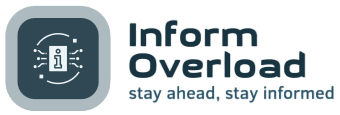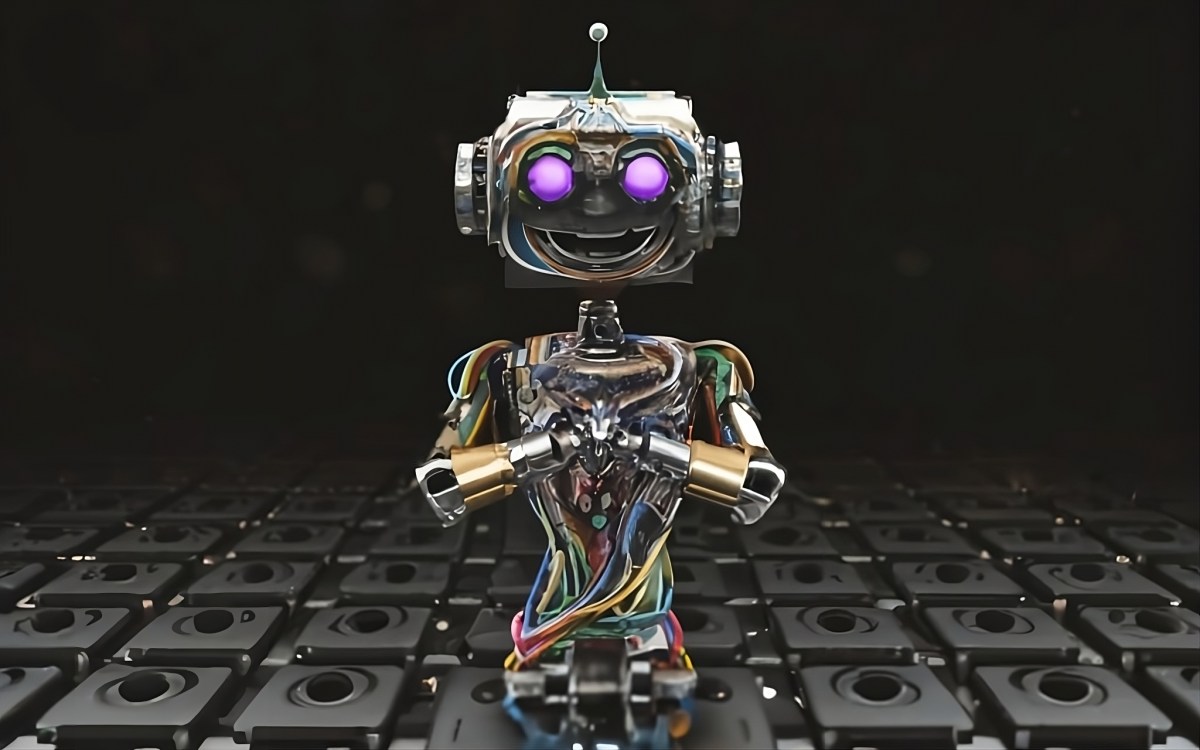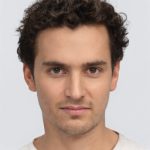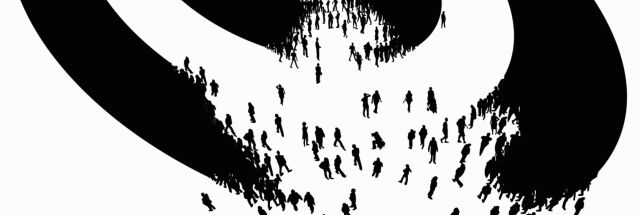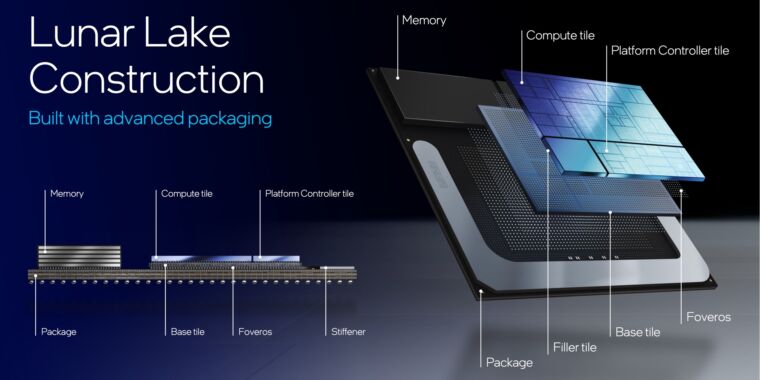Exclusive Interview with Kenneth Cukier on Data and Decision Making
In this week’s CarCast, Kenneth Cukier, the deputy executive editor of The Economist, shares his insights and knowledge with Bruno Aziza. Cukier is renowned for his expertise in data and decision-making and has authored several books on the subject, including “Big Data: A Revolution that Will Transform How We Work, Live, and Think.”
Aziza describes Cukier as a person who consistently enriches others’ understanding every time they engage with him. The discussion between the two delves into the supremacy of the human intellect, highlighting various key points:
- Humans’ Superiority Over AI: The conversation explores the unique capabilities that humans possess in comparison to artificial intelligence.
- Counterfactual Reasoning: The concept of counterfactual reasoning is examined and its significance in decision-making processes.
- The Power of Frames: Cukier and Aziza discuss how humans can harness the power of frames to enhance problem-solving and critical thinking abilities.
- The Limitations of Human Problem Solving: The conversation also touches upon situations where humans struggle to effectively solve problems.
Techniques for Harnessing Human Imagination
During challenging times, individuals often rely on three distinct techniques to reshape their perspectives and approach problems with fresh insights:
- Repertoire: Leveraging existing knowledge and historical experiences to address current issues effectively, like drawing inspiration from the past to inform current decision-making processes.
- Repurposing: Borrowing concepts and ideas from different domains when traditional frames prove insufficient, thus fostering innovative solutions to complex problems.
- Reinvention: Creating entirely new frames and perspectives to tackle unprecedented challenges, exemplified by revolutionary thinkers like Charles Darwin.
This CarCast is a valuable resource for professionals in the data field and anyone seeking a deeper understanding of the intricate balance between art and science in decision-making processes.
Image/Photo credit: source url
